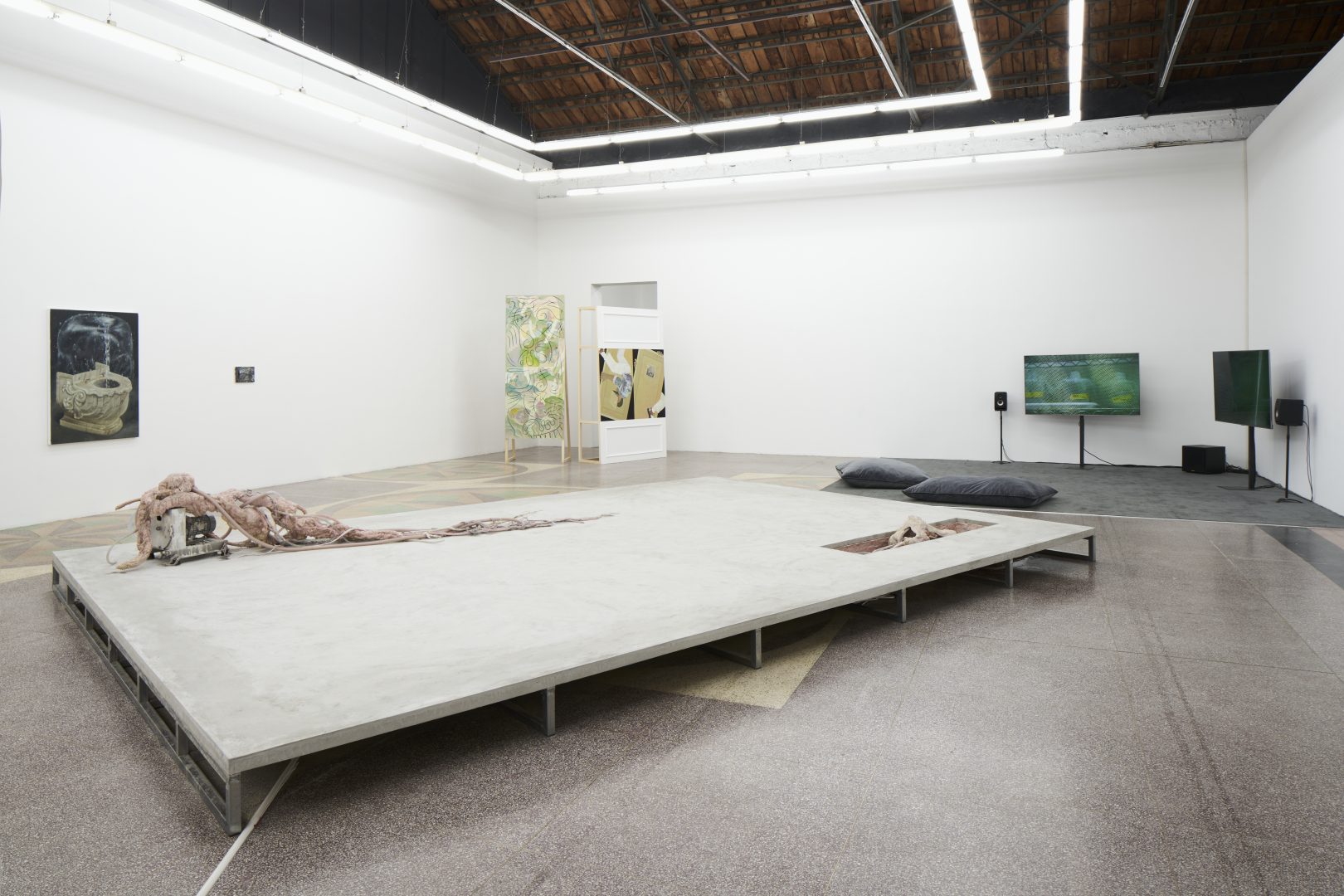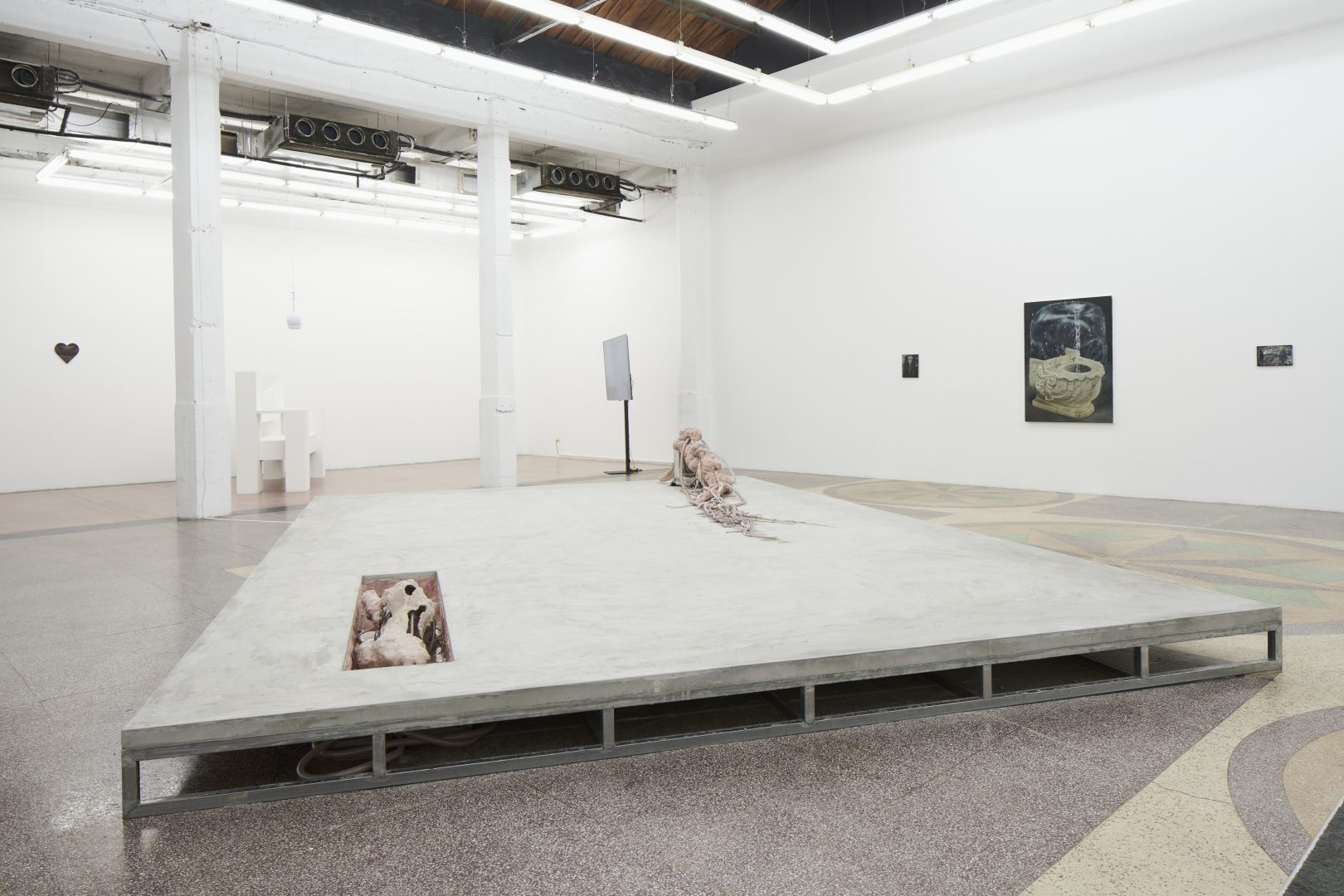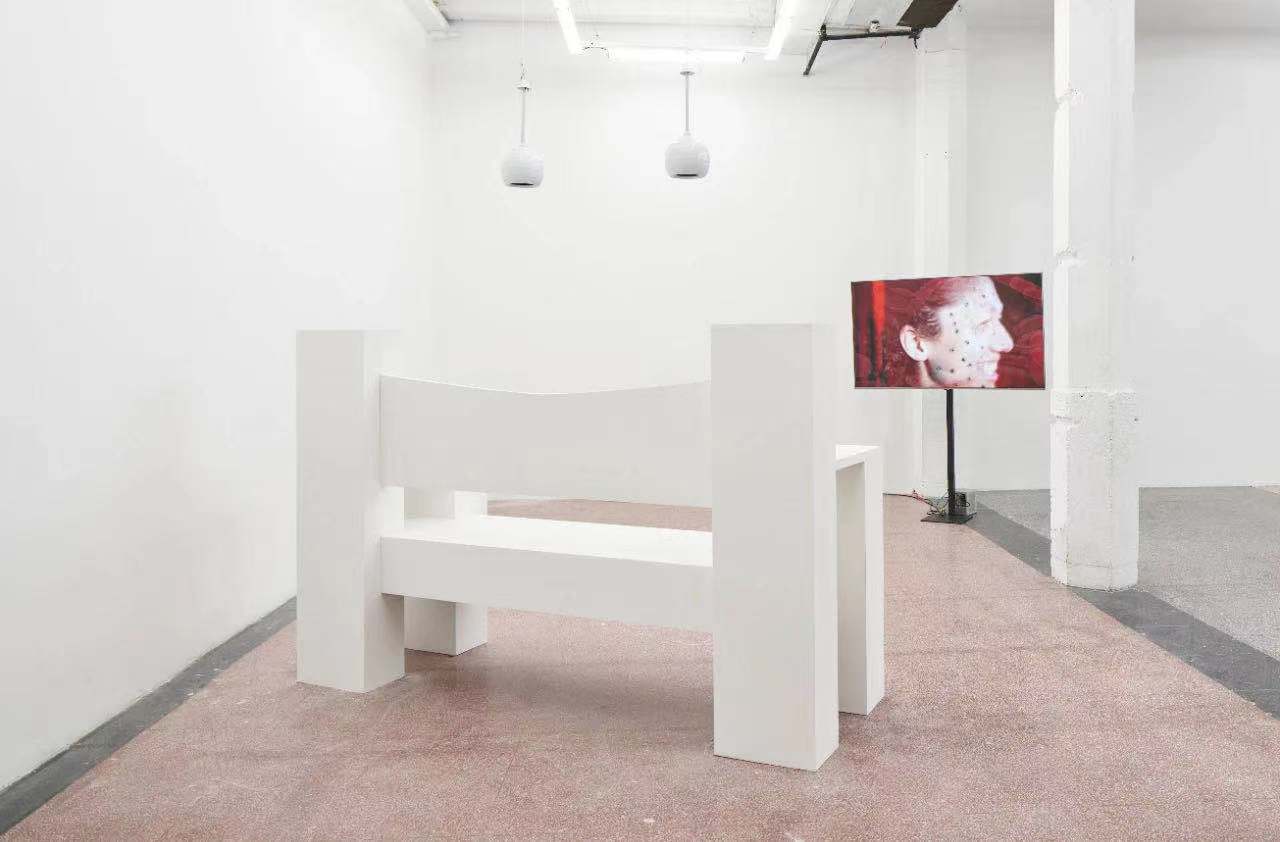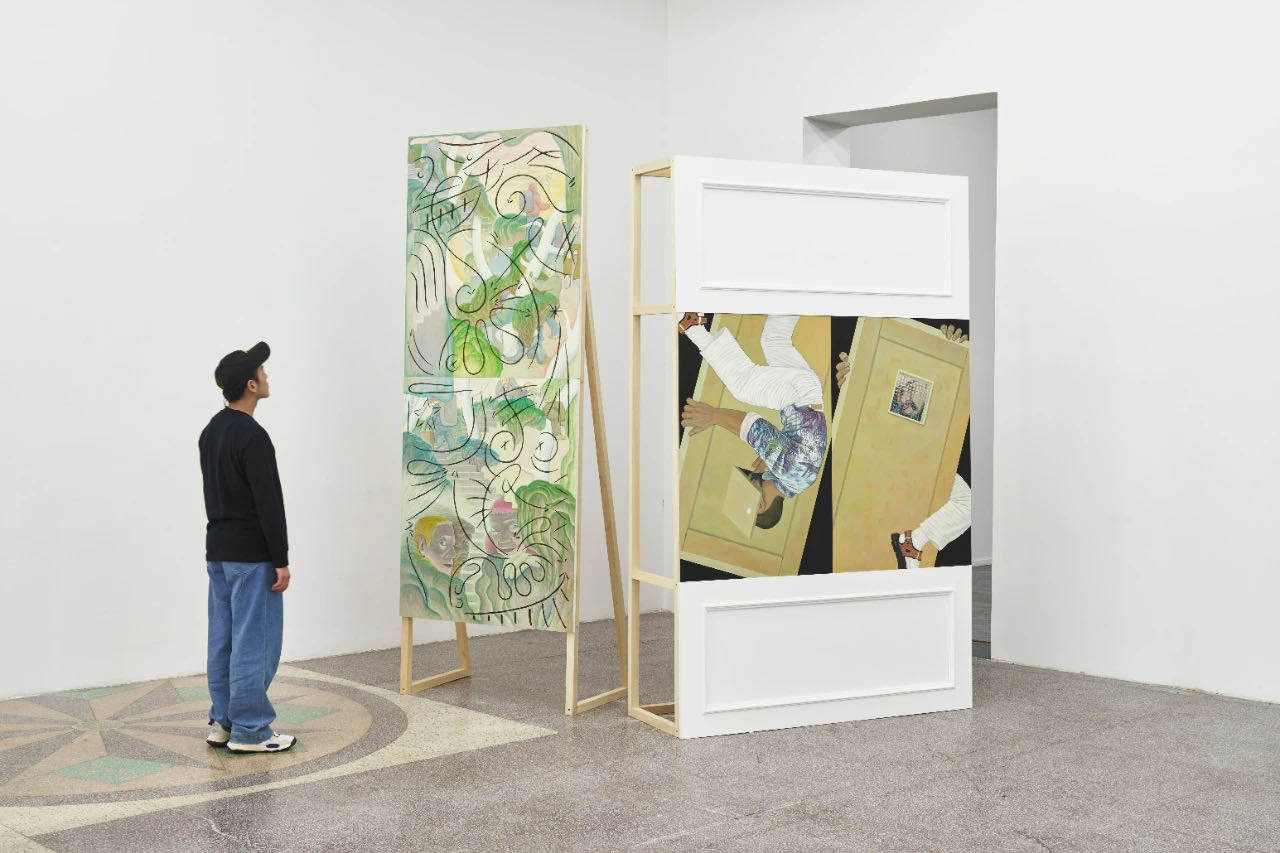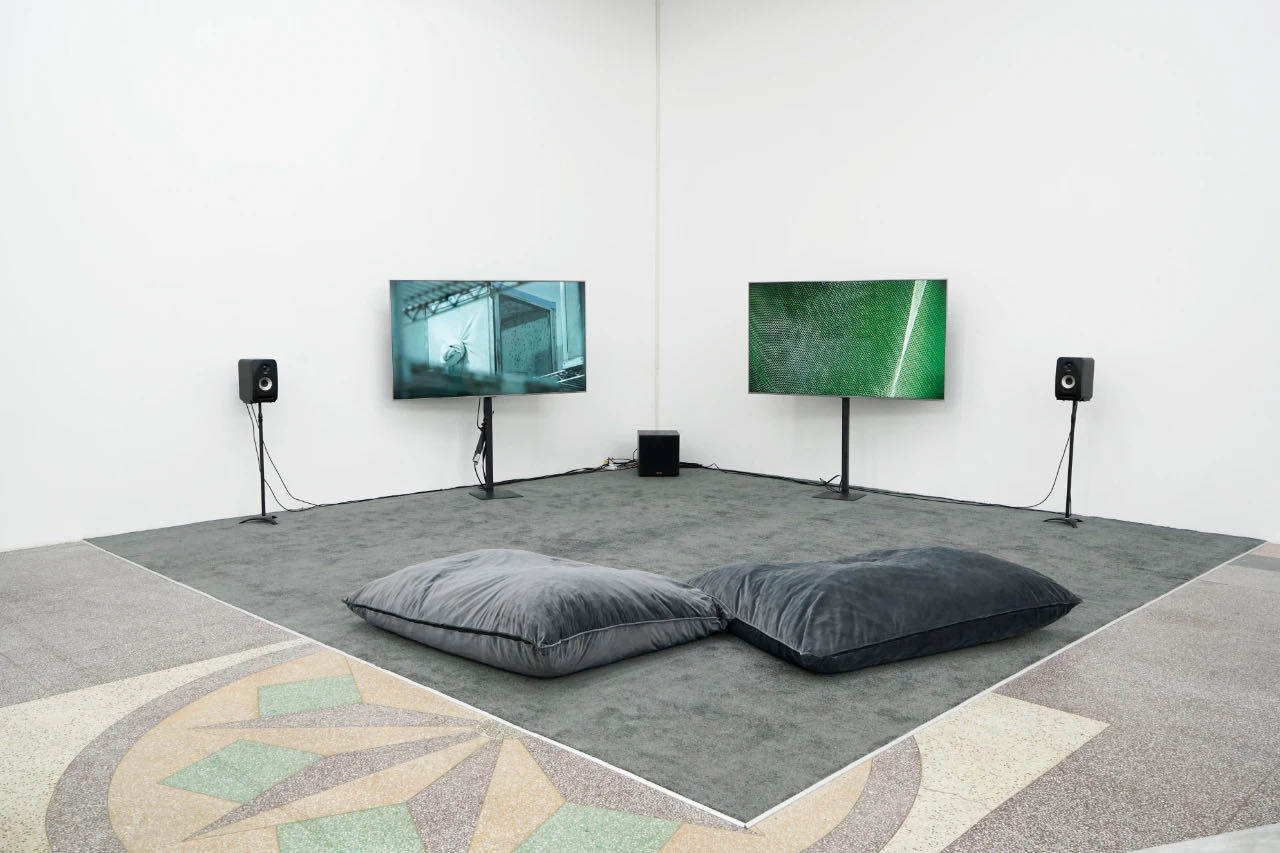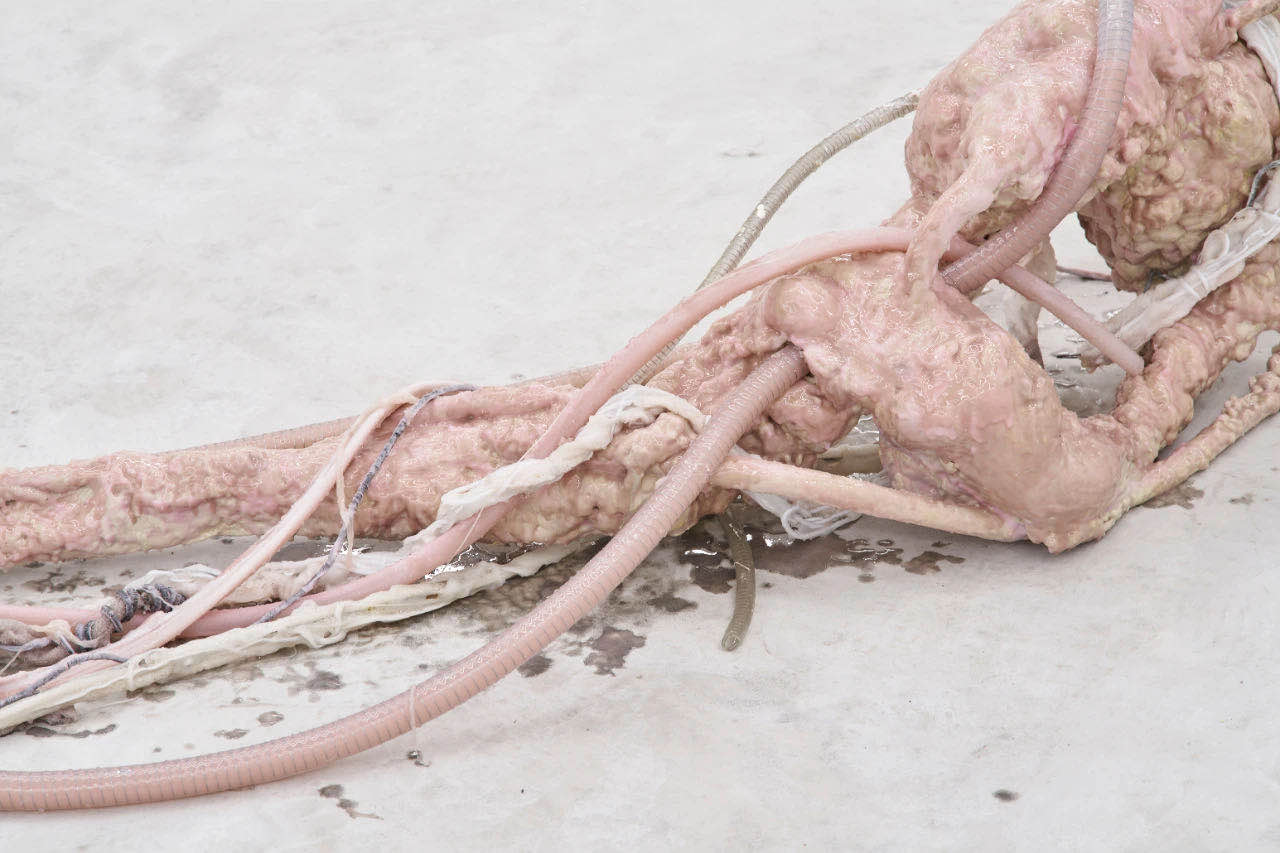2020.11.07 – 2021.01.02
Curator: Alvin Li
Breathing Through Skin: Mire Lee, Yong Xiang Li, Issy Wood, Pedro Neves Marques
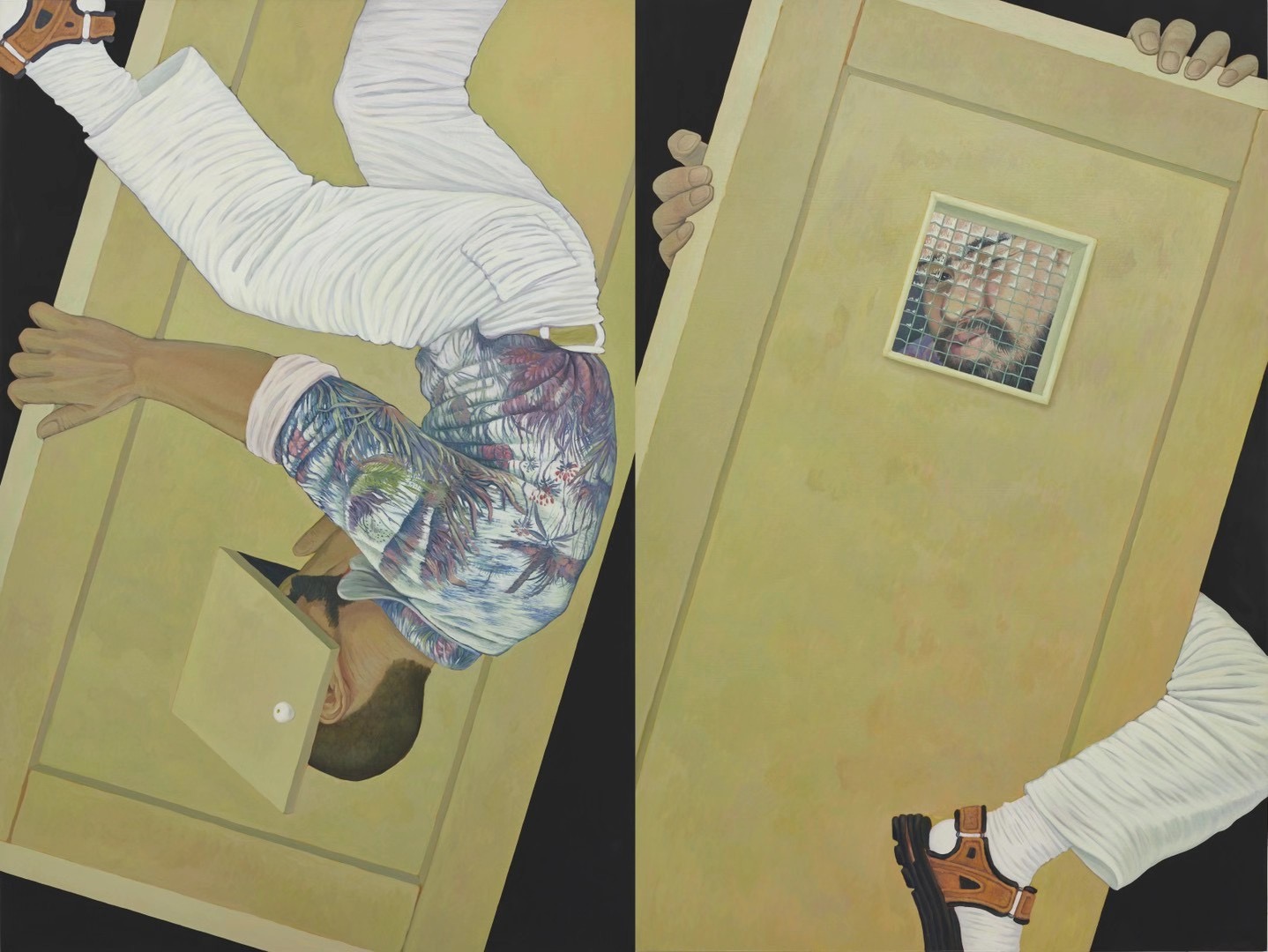
Bringing together new and recent works—several of which have been especially conceived for this occasion—“Breathing Through Skin” highlights four artists and their critical invocations of monstrosity—the monster as constructed motif in horror and the monstrous as an inherent wildness intrinsic to desire. Together, these works traverse a range of binaries, provoking an erotic and affective engagement with bodies in the world, beyond the trappings of monstrified difference.
The monstrous body is always a construct and a projection, bearing the traces of historically specific othering processes. In Bram Stoker’s Dracula (1897), the quintessential modern vampire novel, the eponymous Count Dracula embodies an eclectic range of traits—race, class, gender, sexuality, nationality—all of which were deemed threatening to British national identity at the time by and within fictional texts, sexual science, and psychopathology. Whereas Dracula incarnated the phobias of the Victorian era, contemporary vampires like those in the Vampire Chronicles and Twilight series are no longer monstrous or even particularly distant from hegemonic identity: they are white, monogamous, purely aesthetic creatures (and oftentimes collectors). This latter-day fantasy of the vampire entails an act of far greater violence than its 19th-century Gothic predecessors: the total erasure of otherness from representation. Meanwhile in reality, through advanced biotechnologies, the monstrification and erasure of certain bodies has evidently continued, if not intensified, becoming ever stealthier.
Jack Halberstam relates the popular consumption of horror to the genre’s defining affective structure: “[The] monster inspires fear and desire at the same time: fear of and desire for the other, fear of and desire for the possibly latent perversity lurking within readers and audiences themselves.”[1] The en-twined feelings of dread and want that operate within horror not only make it a particularly productive genre for appropriation, but also reveal the ambivalent, unruly, sometimes ‘perverted’ dimension of desire.
In this exhibition Yong Xiang Li and Pedro Neves Marques contribute new narrative works to the monster canon, appropriating the technologies of monster-making to destabilize and challenge a range of deep-rooted epistemological binaries: us and others, male and female, human and non-human. Meanwhile, interested in abjection and perversion, Mire Lee and Issy Wood present moody, sensuous works that channel a sense of vital eroticism.
The exhibition is curated by Alvin Li
[1] Jack Halberstam, Skin Shows: Gothic Horror and the Technology of Monsters, Duke University Press: 1995, P13
Installation Views
Artworks
-
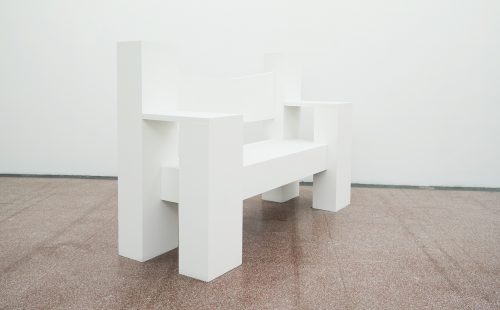
Yong Xiang Li, Bench (nothing is forgotten under the moon), 2020
MDF
250(L) x 86(W) x 160(H) cm作品信息Information -
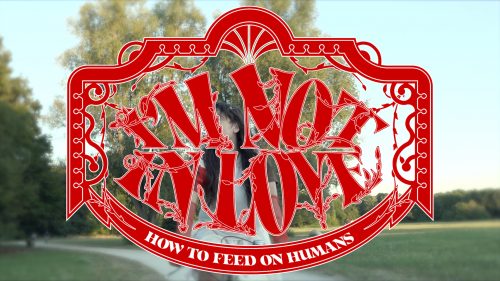
Yong Xiang Li, I’m not in love (how to feed on humans), 2020
Yong Xiang LiSingle-channel video, color, sound
Size variable
27’ 01”
Edition: 2/5作品信息Information -
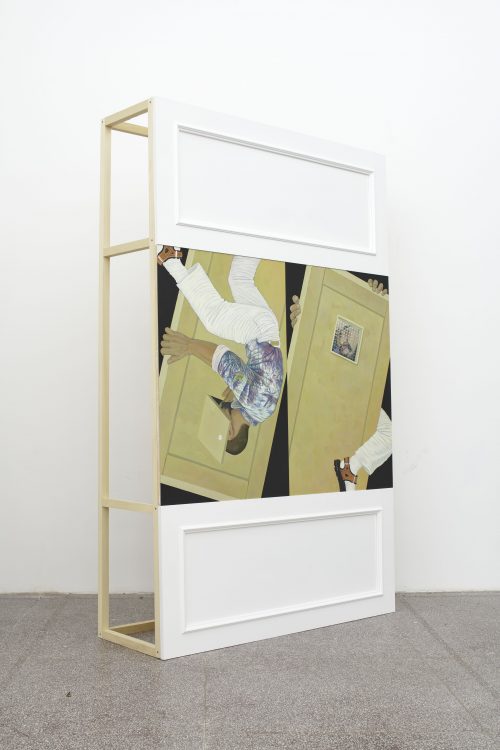
Yong Xiang Li, Doors, 2020
Oil and acrylic on gessoed panel, MDF, Pine
260 x 160 x 50 cm作品信息Information -
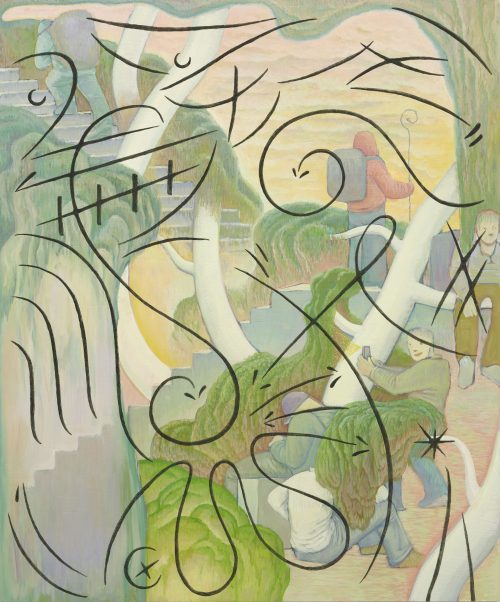
Yong Xiang Li, The hike, a giant, 2020
Oil and acrylic on gessoed panel
120 x 100 cm作品信息Information -
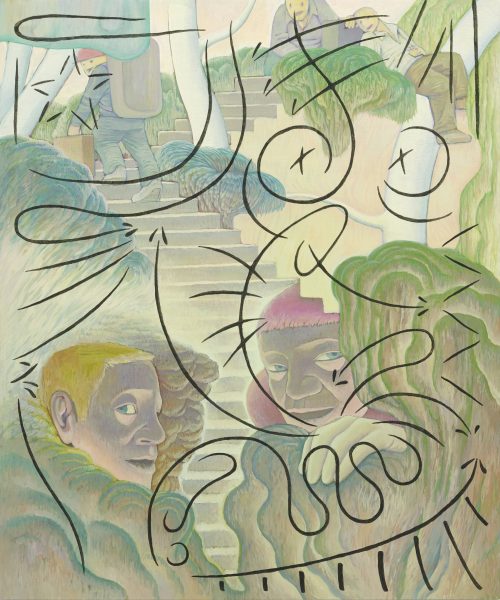
Yong Xiang Li, The hike, a giant dog, 2020
Yong Xiang LiOil and acrylic on gessoed panel
120 x 100 cm作品信息Information -
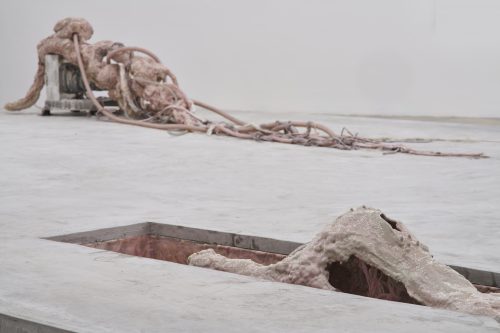
Mire Lee, Carriers, horizontal forms, 2020
Plaster, Resin, Silicone, PVC Hoses, Fabric, Electronic Motors, Motor Circuit
140.5 x 100.5 x 4.5 cm作品信息Information -
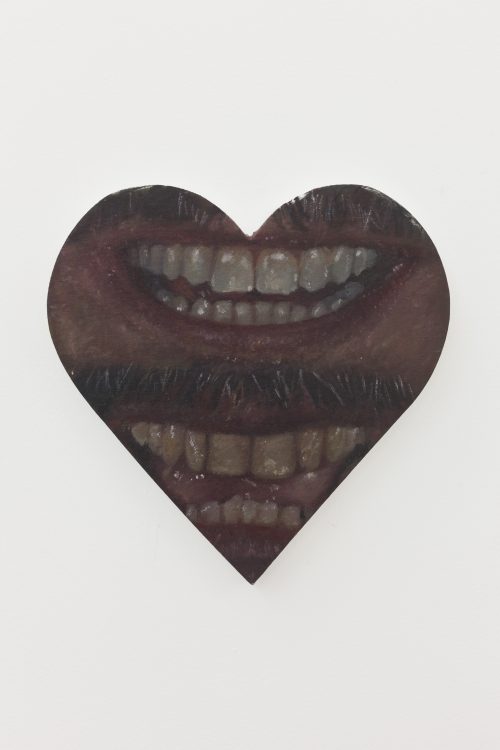
Issy Wood, Untitled (higher education), 2020
Oil on linen
30 x 30 x 2 cm作品信息Information -
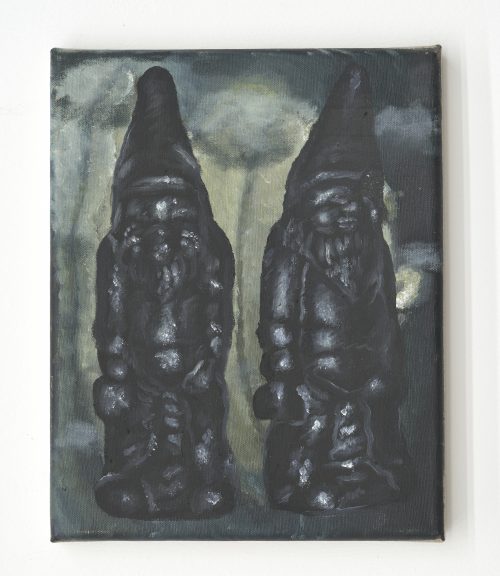
Issy Wood, Study for ‘ass midgets’, 2020
Oil on linen
30 x 24 x 2 cm作品信息Information -
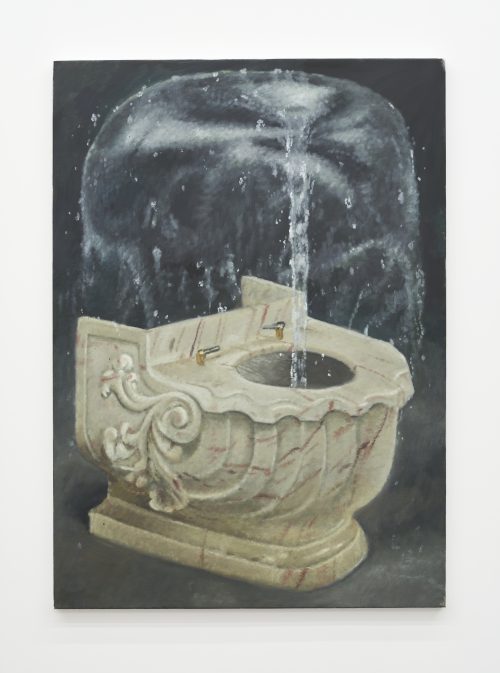
Issy Wood, Europe! Fantasy!, 2020
Oil on linen
140.5 x 100.5 x 4.5 cm作品信息Information -
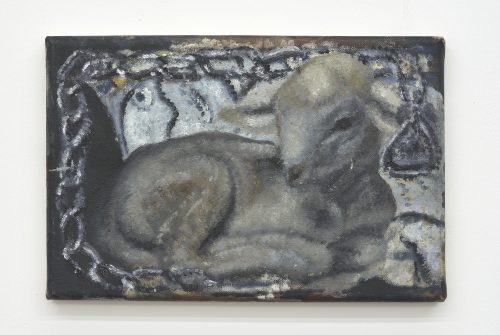
Issy Wood, Untitled (small world), 2020
Oil on linen
20 x 30 x 2 cm作品信息Information -
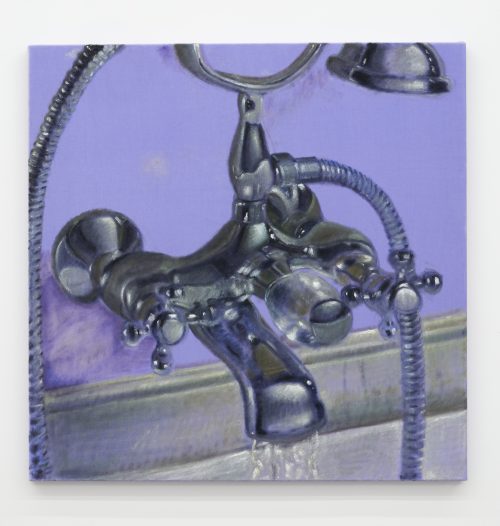
Issy Wood, Unless you try, 2020
Oil on velvet
100 x 100 x 5 cm作品信息Information -
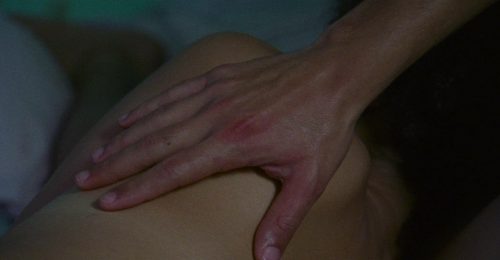
A Mordida (The Bite)
Pedro Neves Marques, HAUT
Double-channel film installation
Video still
20 min
2018HAUT (based between Berlin and London) is a sound artist, music producer and performer working across the fields of experimental electronic music, dance and human-computer interaction. Their work spans from live performances and immersive sound installations to music scores for dance pieces and movies.
Recent exhibitions and live performances include: HAU – Hebbel am Ufer, Berlin; Gasworks, London; Castello di Rivoli, Turin; Nottingham Contemporary Museum; Pérez Art Museum of Miami;Dock 11, Berlin; HBTQ-Klubb, Stockholm; 3HD, Berlin; Kunsthalle Zurich. HAUT’s music scores for film and dance have been presented in festivals such as New York Film Festival, Toronto International Film Festival, Pomada Dance Festival Warsaw and PQ Prague Quadrennial of Performance Design and Space, among many others.
They are a PhD candidate in Arts and Computing at Goldsmiths College University of London where they research the application of biotechnologies to develop new ways of musical performance. They hold a degree in Medicine from University of Porto and a Masters in Music from Goldsmiths College London. In 2017 they were awarded a scholarship from the Musicboard Senat Berlin.
作品信息Information
